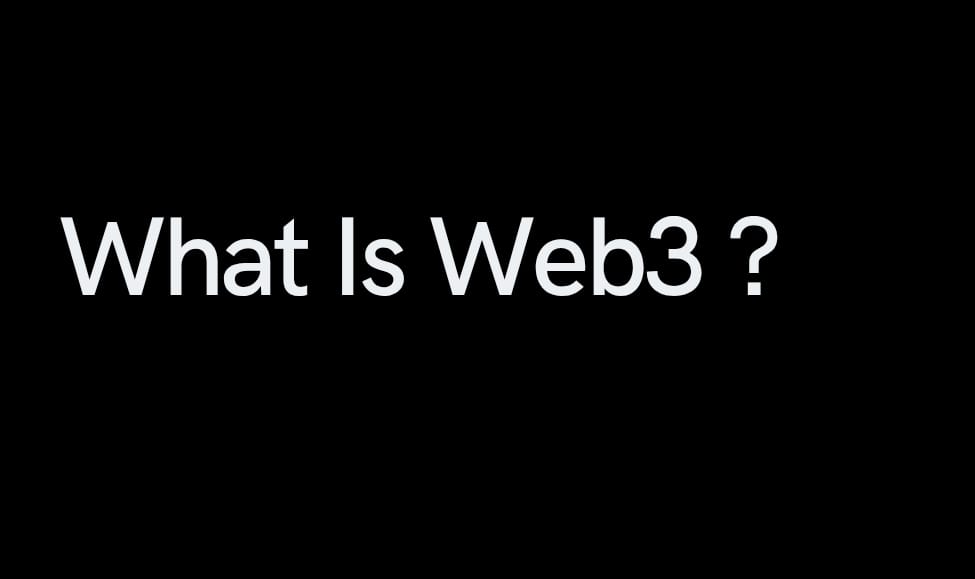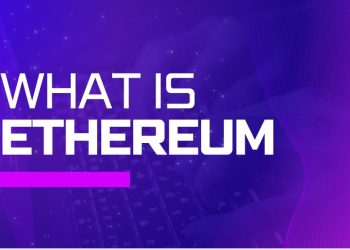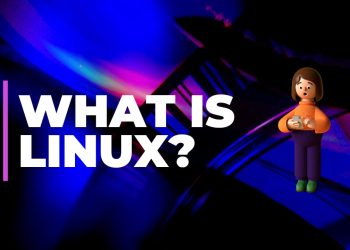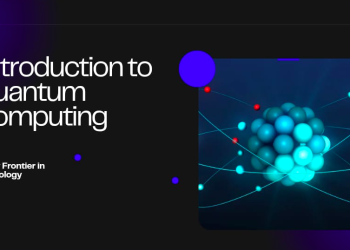The Ultimate Guide to Web3: The Decentralized Future of the Internet
1. Introduction to Web3
What is Web3?
Web3 (or Web 3.0) represents the next evolution of the internet, shifting from centralized platforms (like Google, Facebook, and Amazon) to a decentralized, user-owned web. Unlike Web1 (read-only) and Web2 (interactive but controlled by corporations), Web3 is built on blockchain technology, enabling:
✔ Trustless Transactions – Smart contracts replace intermediaries.
✔ Cryptoeconomics – Incentives via tokens (e.g., Bitcoin, Ethereum).
Why Web3 Matters?
- Eliminates middlemen (banks, social media giants).
- Prevents censorship & data monopolies.
- Enables true digital ownership (NFTs, DAOs).
2. How Does Web3 Work?
Here’s how it functions:
Key Components of Web3:
- Blockchains (Ethereum, Solana, Polkadot) – Public ledgers storing transactions.
- Smart Contracts – Self-executing code (e.g., Ethereum’s Solidity).
- dApps – Decentralized apps (Uniswap, OpenSea).
- Cryptocurrencies & Tokens – Digital money & governance (ETH, BTC, DAO tokens).
- Wallets – Self-custody tools (MetaMask, Phantom).
- Decentralized Storage – IPFS, Filecoin (instead of AWS).
Example: Sending Crypto via Web3
- User initiates a transaction (e.g., sending ETH).
- Wallet signs the transaction (private key verification).
- Smart contract executes the transfer on Ethereum.
- Transaction is recorded on the blockchain (immutable).
3. Where is Web3 Used? (Real-World Applications)
| Industry | Web3 Use Case | Example |
|---|---|---|
| Finance (DeFi) | Decentralized lending, trading | Aave, Uniswap |
| Gaming (GameFi) | Play-to-earn, NFT assets | Axie Infinity, Sandbox |
| Social Media | Censorship-resistant platforms | Lens Protocol, Mastodon |
| Identity | Self-sovereign IDs | ENS (Ethereum Name Service) |
| Supply Chain | Transparent tracking | VeChain, IBM Food Trust |
| Art & NFTs | Digital ownership & royalties | OpenSea, Rarible |
| Governance (DAOs) | Decentralized organizations | MakerDAO, Aragon |
4. How to Use Web3? (Beginner’s Guide)
Web3 revolutionizes industries by enabling decentralized, user-owned systems. In DeFi (Decentralized Finance), platforms like Uniswap allow trustless trading without banks. NFTs empower creators with true digital ownership (e.g., OpenSea, Rarible). GameFi (Axie Infinity) introduces play-to-earn economies, while DAOs (MakerDAO) enable community-led governance. Web3 social media (Lens Protocol) resists censorship, and decentralized storage (IPFS) replaces cloud monopolies. Supply chains (VeChain) gain transparency, and self-sovereign identity (ENS) prevents data theft. The metaverse (Decentraland) and Web3 domains (.eth) redefine digital interaction.
Step 1: Set Up a Wallet
- MetaMask (Ethereum)
- Phantom (Solana)
- Trust Wallet (Multi-chain)
Step 2: Buy Crypto
- Exchanges: Coinbase, Binance, Kraken
- Purchase ETH, SOL, or MATIC for gas fees.
Step 3: Explore dApps
- DeFi: Uniswap (swap tokens), Aave (lend/borrow).
- NFTs: OpenSea, Magic Eden.
- Social: Lens Protocol (decentralized Twitter).
Step 4: Interact with Smart Contracts
- Etherscan (view Ethereum transactions).
- Mint an NFT (e.g., on Rarible).
5. The Scope of Web3 (Future Trends)
✅ Metaverse Integration – Decentralized virtual worlds (Decentraland).
✅ Web3 Mobile Apps – Blockchain-powered smartphones (Solana Saga).
✅ AI + Web3 – Decentralized AI models (Ocean Protocol).
✅ CBDCs & Institutional Adoption – Governments exploring blockchain.
6. Fields Where Web3 is Revolutionizing Industries
1. Decentralized Finance (DeFi)
- Lending, trading without banks (Compound, Curve Finance).
- Example: Earning interest via Aave’s liquidity pools.
2. Gaming & Virtual Economies
- True asset ownership (NFT skins, in-game tokens).
- Example: Axie Infinity’s play-to-earn model.
3. Creator Economy
- NFTs for artists & musicians (Royal, Sound.xyz).
- Example: Beeple sold an NFT for $69 million.
4. Decentralized Social Media
- No censorship, user-owned data (Farcaster, Bluesky).
- Example: Lens Protocol lets users own their followers.
5. Supply Chain & Logistics
- Transparent tracking (Walmart using VeChain).
7. How to Study Web3? (Learning Resources)
Free Courses & Tutorials:
- YouTube – “Web3 University” (free tutorials)
- Buildspace – Hands-on Web3 projects
Certifications:
- Web3 Developer Certification (Alchemy University).
- Blockchain Council’s Web3 Expert Program.
8. Advantages of Web3
✔ User Empowerment – No reliance on Big Tech.
✔ Censorship Resistance – Governments can’t shut it down.
✔ Monetization Opportunities – Creators earn directly (NFTs, DeFi).
✔ Transparency – All transactions are public & verifiable.
9. Disadvantages & Challenges of Web3
❌ Complexity – Hard for non-tech users.
❌ Regulatory Uncertainty – Governments still figuring out laws.
❌ Scams & Hacks – Rug pulls, phishing attacks.
10. Conclusion: The Future of Web3
Web3 is reshaping the internet into a user-owned, decentralized ecosystem. While challenges like usability and regulation exist, innovations like Ethereum’s upgrades, Layer 2 solutions (Polygon, Arbitrum), and AI integration are accelerating adoption.
Key Takeaways:
- For Users: Web3 = Own your data, earn from participation.
- For Developers: Web3 = Build the next-gen internet.










